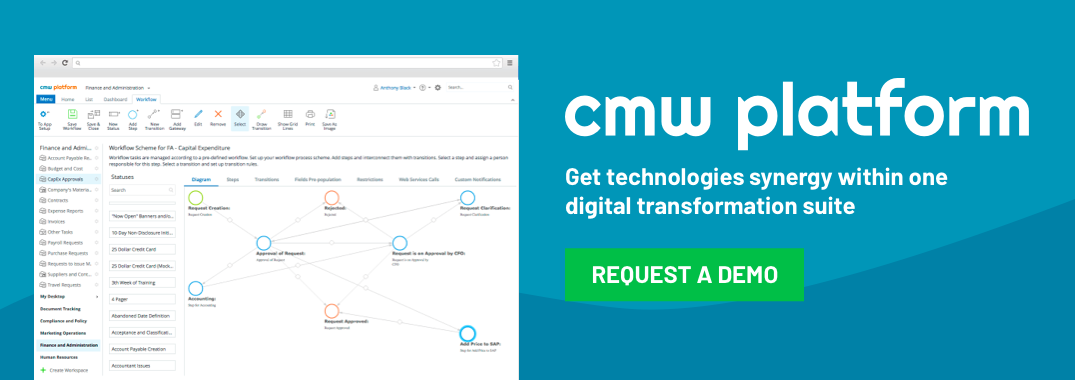Where’s My Bottleneck?
April 29, 2013
Struggling with fulfilling orders on time? Project reports always late? Do you always feel like you are dashing from one raging fire to the next to keep things running smoothly? You most likely have one or more bottlenecks in your processes. With a few simple workflow adjustments you can quit getting singed.
The term bottleneck has morphed in the business world to simply mean congestion at a particular point in a system. The definition might be simple and hopefully the answer is, but it may take some digging to determine the root cause and get the workflow back on track.

Consider a fairly simple issue. Project reports are due on Friday so they can be used for a meeting on Monday. Every Monday several reports are not accounted for. With your workflow chart, go to the beginning of the process.
Are the reports being completed on time and turned in? If not, what’s the issue?
Maybe Fridays are a very bad day to turn in reports due to other end of the week tasks or staff already has mandatory meetings on Friday and just can’t get the reports completed. If the issue is determined here, you have a great starting place to make adjustments. You might find several issues such as:
- The form is too complex and takes a lot of time to research data.
- The form is not considered a high priority and is often ignored.
- Other process issues are preventing gathering required information.
Now you have a place to fix the issues. If the form is too complex, how can you simplify it? If the form is not a high priority, can you send an automatic email reminder that encourages the completion? If another process is the problem, then shift gears, dig into and find the root cause.
Often times with a workflow issue, it can be multiple tasks or issues creating the perfect storm. Let’s say you have tweaked that initial step, so while you are it, go ahead and step through the rest of the workflow. Step two involves an employee that compiles the data. You spend fifteen minutes listening to how no one fills out the form correctly and how hard it is to input data from twenty employees first thing Monday morning. Ah, so it comes to light that you have a secondary bottleneck. You may need to add some automation to this step. Do you need to clear the employee’s time on Monday morning to allow for the data input?
Now you have made it past four or five steps in the process you think you have identified several key points to help get the flow on track so you aren’t scrambling before your meeting. However, while you are on this task, you decide to go ahead and evaluate all of the steps so you spend part of your meeting determining what data is really needed. Come to find out, you only need a couple of pieces of data and the rest is just fluff. So, you cycle back around and eliminate unnecessary input. You have just earned a lot of happy points from everyone along the process line.
Feeling heady with success, you take on another fire-fighting problem that has been escalating for a couple of months. Consider a scenario where you recently had several orders that arrived late to your customer. You grab your handy-dandy flow chart and start again. You find a few tweaks you can make, but can’t identify why certain customers are getting products late. After the third time of looking at each step, you are confounded. Now is the time to start some deeper analysis:
- When are the products being produced?
- Did you have a new supplier for a particular part that is causing the breakdown?
Slowly, a picture begins to form and you narrow in on the problem. Almost every late product was scheduled for a mid-week shipment. Huh, odd. Then you sleuth out that during the middle of the week you have a temp worker to help with overflow. The worker has not been placing the orders in the correct location causing a delay that was never communicated. Ten minutes of retraining and you are now a super-hero.
You have turned a meeting into a productive endeavor, you streamlined the workflow for the benefit of all, and customers are getting their products on time. Wear the cape. It fits.
Bottleneck issues don’t always have to be tackled manually. Comindware Tracker allows teams to organize workflow processes in a way where all the assignees can accomplish their tasks individually and track the whole process path on a high level.
Besides that, Tracker enables users to create automated workflows, whenever processes have a sequence. Thus, as you can see, the workflow software can either identify bottlenecks in advance, or easily track them in the system in case they come up during the process implementation.


